#Asian pears
Text

Vegan Crispy Tofu with Asian Pear Salad
#vegan#appetizer#celery#asian pears#pears#green onion#cucmber#tofu#cornstarch#sesame seeds#cashews#💚
12 notes
·
View notes
Text
The Asian Pear is a Beautiful Flowering Tree
Pear Branch
Every once in a while, I like to take the back roads home from work. I never know what I might see on those roads. I’m usually looking for wildlife or wildflowers, but once I even got to watch a group of men herding cattle from one field to another using dogs and horses. There’s also a cattle egret rookery along that route that I like to check for signs of activity (it’s still a bit…

View On WordPress
#Asian pear flower photographs#Asian pear flowers#Asian pears#Chinese pears#early spring flowers#flower photographs#flower photography#flowering trees#flowers#Japanese pears#Korean pears#Nashi pears#pear flower photography#pear flowers#photography#spring flowers#white flowers
1 note
·
View note
Text
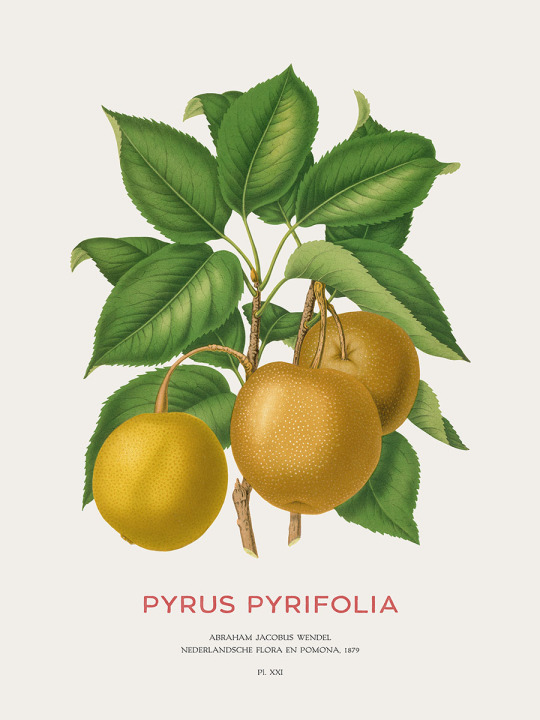
Japanese pear or Pyrus pyrifolia
Pyrus pyrifolia is a species of pear tree native to southern China and northern Indochina, and have been introduced to Korea, Japan and other parts of the world.
Available now on Redbubble
#japanese pear#pear#japanese#fruit#vintagrafica#redbubble#nature#educational#botany#cottagecore#botanical#biodiversity#pyrus#nashi pear#asian pears
1 note
·
View note
Text

#asia#south east asia#thailand#udon thani#thai food#asian food#food#foodie#travel food#fruits#asian pears#สาลี่หิมะ
0 notes
Text
just had a transcendental experience eating an asian pear. highly recommend. go buy one, take it home, wash it. do not leave the sink. just eat it right there like a feral animal. chew with your mouth open, smacking your lips, letting the juice drip down your chin. nobody else is home to hear. imagine yourself a little creature at the zoo, sitting contently with your snack, with no societal expectations about your manners during its consumption. i experienced true joy in this moment and urge you to do the same.
0 notes
Text
Crepes with Asian Pears Recipe
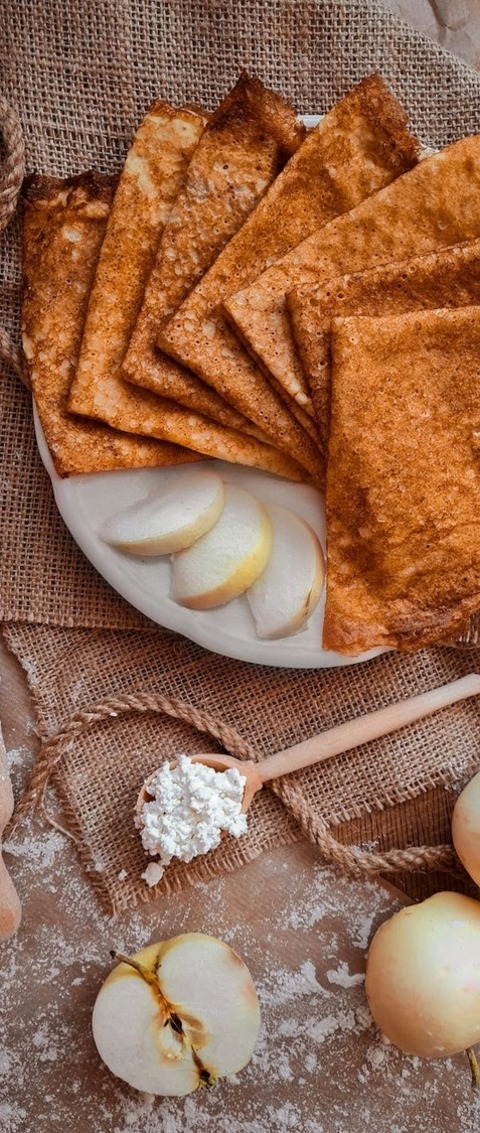
Asian Pears, Brown Sugar, Butter, Salt, Sugar, Ground Cinnamon, Eggs, All-Purpose Flour, Milk. These crepes are filled with sweet and juicy Asian pears that have been perfectly caramelised. The crepes are light and delicate, with a subtle sweetness that complements the pears perfectly.
0 notes
Text
Crepes with Asian Pears
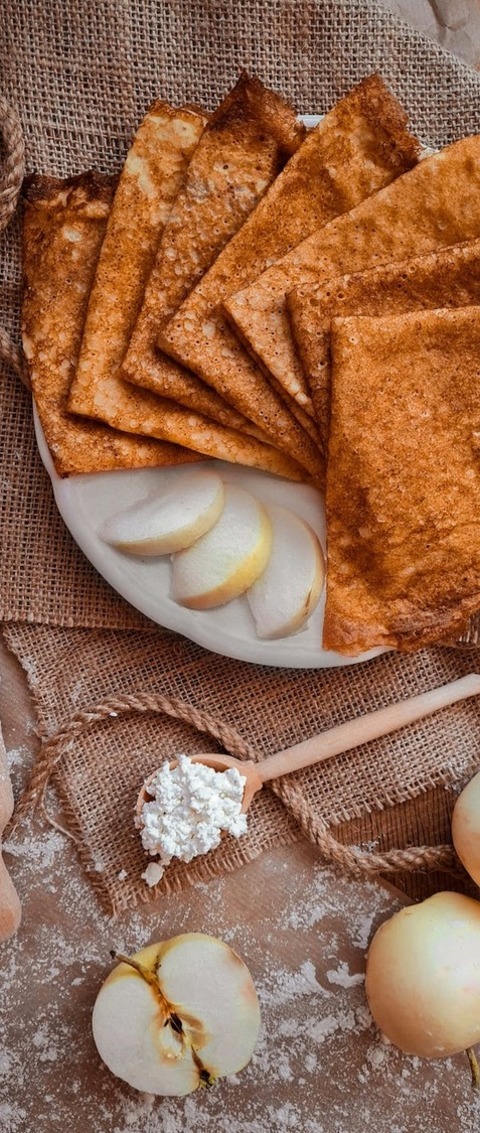
Crepes with Asian Pears. These crepes are filled with sweet and juicy Asian pears that have been perfectly caramelised. The crepes are light and delicate, with a subtle sweetness that complements the pears perfectly.
0 notes
Text
Crepes with Asian Pears

Crepes with Asian Pears. These crepes are filled with sweet and juicy Asian pears that have been perfectly caramelised. The crepes are light and delicate, with a subtle sweetness that complements the pears perfectly.
0 notes
Text
S2E3: "High Hopes"
Appetizer Ingredients: Calamari, Brussel Sprouts, Asian Pears
Entree Ingredients: Bison, Dried Mango, Leeks, Belgian-Style Ale
Dessert Ingredients: Ancho Chiles, Semi-Sweet Chocolate, Plums
Judges: Marc Murphy, Amanda Freitag, Scott Conant
Chefs: John Lawson, Michael Ferraro, David Kirschner, Nicole Puzio
#food network#chopped#John Lawson#Michael Ferraro#David Kirschner#Nicole Puzio#Marc Murphy#Amanda Freitag#Scott Conant#Calamari#Brussel Sprouts#Asian Pears#Bison#Dried Mango#Leeks#Belgian-Style Ale#Ancho Chiles#Semi-Sweet Chocolate#Plums
0 notes
Text
#send pears as a gift#asian pear recipes#asian pears#asianpears#box of pears#corporate fruit box delivery#gourmet pears#gift pears#order pears#pears for sale
1 note
·
View note
Text

dream from three days ago
#dream diary#flotsam diaries#sketchbook stuff#something something a bunch of huge ass crocodiles in this sewer network basement thing and people were trying#to petition to reopen this old tunnel that led to one of the great lakes that apparently was 3000 feet deep so they could have space#and if you gave them yellow apples/asian pears they would leave you alone#also huh starting to slowly have dreams again; kinda had a period of time where it wasn't on a regular basis
2K notes
·
View notes
Text
Golden Keys Hardest To Find
Fruits are the best remedies of all times. Actually, they ensure that you remain young and healthy. Hence, it is even beneficial to have five fruits and vegetables daily as are best for the body.
First foremost, Citrus fruits are the best Vitamin D which one can have throughout seasons.
Henceforth, Lime is one of Citrus fruits which can remove the toxins from the body. It is the best fruit to…

View On WordPress
#. God&039;s purpose#30 Minutes Walk#Acne#Alkalizes#Antiviral#Anxiety#Appetize#Apple#Apple tree#Asian#Asian Pears#Asthma#Athletes#Blackheads#Blended Juices#Blessings#Blood Cleansers#Blood Pressure#Blueberries#Body#Bowl#Breakthroughs#Breath#Cabbage#Cauliflowers#Chop#Citrus Fruits#Cold water#Cough#Cramps
0 notes
Text
Of Pear Trees and Fenced-In Gardens
My father’s father knew happiness in the form of vivacious bitter-melons and stacked crates of Asian pears crowding our backyard in the summer. Tucked away in dusty yellowing photo albums are pictures of him and his produce, smiling wider than in any of our family photos. I must have inherited at least part of his fixation with food, because during those hot summers, my tiny eight-year-old body would eat at least half of whatever he grew with ease. Year after year, without fail, my hands were sticky and my belly was full. My father’s father grew up in a rural area of Guangdong, a southern province in China that suffered greatly from famine wrought by the Chinese Cultural Revolution. It makes sense why he cared so much for our tiny overgrown jungle, but as a child, I never questioned or searched for any deeper meaning in the lychee and squash that flourished in abundance.
Growing up, the only language I knew was English - my Cantonese was near non-existent, and my Mandarin was a crude imitation of actual language. If someone were to ask me then, how being Chinese impacted my identity, I think I would have shrugged it off. Maybe it was important to some, but I’m a second generation, half-white, “all-American girl”. I wasn’t rejected by American society like many of my peers for their accents and upbringing; instead, my “Chinese-ness” was hidden away in cut-up fruit offered in apology and red envelopes, all quickly shedded at a moment’s notice.
Sitting in crowded classrooms, I blended in with the masses in a way my family couldn’t.
“Asian people look weird,” a fellow first-grader sneered after he had seen my dad for the first time.
His comment caught me by surprise. “Jacob, you know I’m Asian, right?”
“Yeah, but you're different, you don’t have those squinty eyes, you look normal.” He seemed disgusted.
I quietly sank down into my seat.
These situations played out year after year, but it was fine-because I wasn't “Asian Asian”, wasn’t “tiny-eyes, pan-face Asian”. All I had to do was tell a couple of white lies and I was part of the group again, but that, too, was only temporary. My light brown hair wasn’t exotically black like my dad’s after all, but in fifth grade as I carefully studied my reflection in a chipped mirror, I could tell it was many shades darker than before.
No longer was I blissfully unaware of my standing with my white peers, their off-color comments sticking to me like stinging nettles.
I laid down on my bed. Sitting neatly on my bedside table was a stack of toddler-level flashcards of basic Mandarin vocabulary. Bored, I flipped through the cards, initially barely glancing at one before moving onto the next, but then a pattern emerged. The words that were once familiar to me now looked strange. I couldn’t parse any meaning out of those thick black lines. I set them down and dug through boxes of old mementos in my closet, finding neatly stacked cards written by my father’s mother- half in Cantonese and half in English. Rifling through the pile, the only words I could recognize were my Chinese name. I sat there on the rough carpet of my bedroom floor, surrounded by loose papers, staring at those three characters. I realized the words that once flowed between my family and I with ease were now stiff and stuttered out of an unsure mouth.
The next day, I downloaded Duolingo. What started as a simple way to regain lost knowledge became an obsession - I would spend hour after hour flitting through digital lessons, making mediocre progress. I carefully rehearsed introducing myself in the mirror, the syllables falling out of my mouth like sand. My face grew hot when my American eyes couldn’t read the rusted Chinatown billboards, when my American mouth couldn’t even say “thank you” to our waiter in the crowded dim sum restaurant.
That insecurity turned into a complex of doubt. Could I even call myself Chinese-American? I became absorbed in the rigorous studying of a homeland I had never been to. By 8th grade, through great effort, I could introduce myself with my Chinese name that still felt foreign on my tongue, could even text my loved ones in their own language - but I couldn’t shake the feeling of loss, that there was a part of me that would forever be out of my reach.
People often think of the children of immigrants as the connection between two worlds, the unifying individual born of two cultures, but emerging from the dark maw of middle school, I began to talk to people who understood my plight: the children of immigrants who weren’t bridges, but lost in the vast sea between cultures. We became quick friends by swapping anecdotes and stories about our own cultures. I ranted about vibrant red cut-outs and disgusting home remedies tied to Chinese medicine with fondness, about my father’s father, for whom the term “Grandpa” sounded forced in lieu of “Yeye”, and, most importantly, I waxed poetic about the trees that produced fruit with names I couldn’t pronounce, nurtured with tanned bony hands bent crooked from arthritis and years of labor.
When we rambled about our families and traditions together it was like I was discovering the Chinese parts of me for the first time. As we drifted from one thought to another, sitting together in empty classrooms, being Chinese stopped feeling like a performance.
Cutting up a recently purchased Asian pear, I can’t help but compare its bland, watery flesh to the tiny but sweet fruits our own tree would produce - the perfect cross between an apple and pear. Being Chinese isn’t in the technicalities, it isn't about the precise tones or simple grammar I would regularly fumble. Being Chinese is something passed on from generation to generation, located in the silent love provided in food, in the small things you don’t notice until they’re gone. When I close my eyes, I can picture it clearly: my dad’s crinkled, smiling face, the bright snapping of firecrackers on warm August evenings, piles of expertly wrapped egg rolls lined up on kitchen counters. I find my happiness under the shade of pear trees, where I’ve stashed away my Chinese-ness from prying eyes. Our broken wooden fence protects it so I, alone, can relish in its sweet fruit.
1 note
·
View note
Text

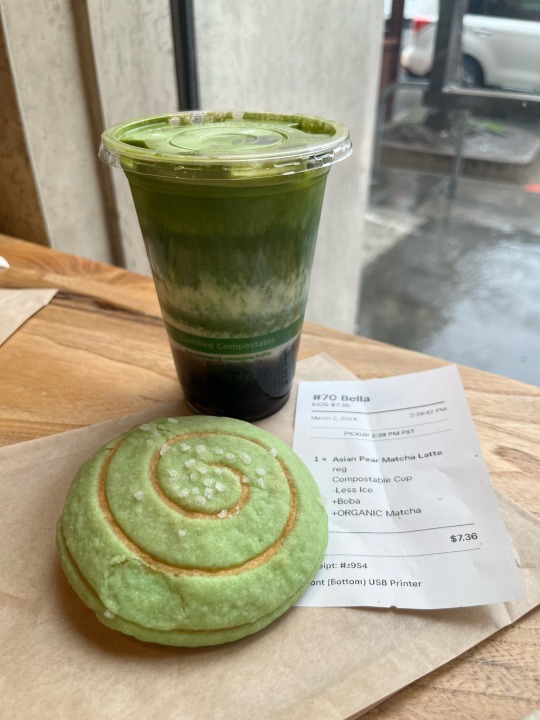
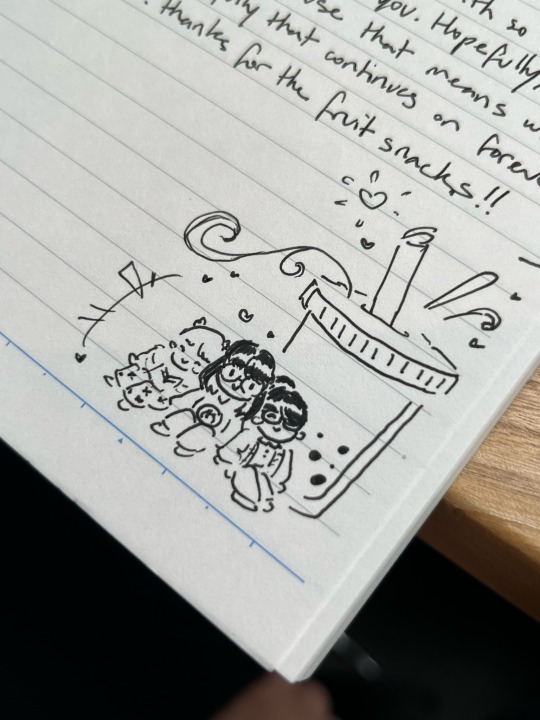
Been busy but here’s some daily life doodles + meal :>
#I got an Asian pear matcha latte with a pandan milk bun :D#it was my very first time trying these#the tea house my friends and I went to was so good!#definitely have to go again <3 I could see why this place is busy a lot#bunibelles art#journaling#doodles#also I missed it but happy belated leap day <3#hence the frog theme lol#me
60 notes
·
View notes
Text

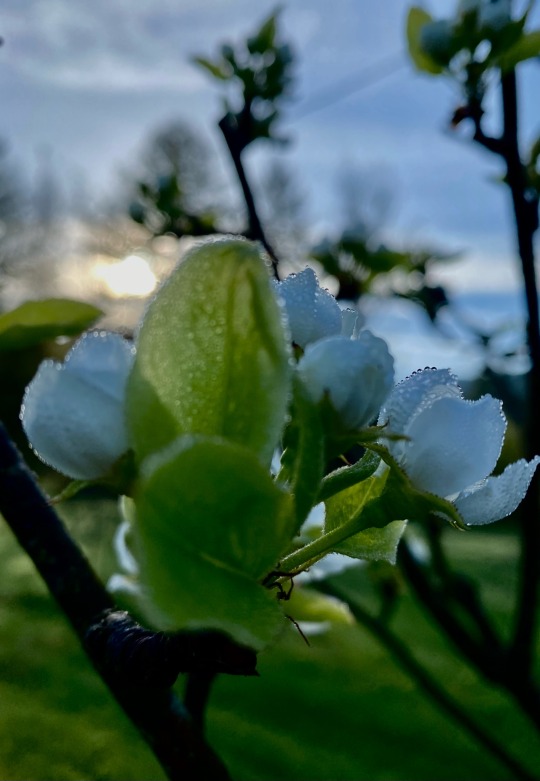

Saturdays blooms..
181 notes
·
View notes
Text

Vegan Holiday Cheese Ball Platter
#vegan#appetizer#charcuterie#thanksgiving#christmas#persimmon#grapes#pomegranate#asian pear#broccolini#walnuts#rosemary#crackers#cheese ball#vegan ricotta#leeks#chives#almonds#fennel seeds#vegan butter#spreads#jam#figs#cranberries#eat the rainbow
92 notes
·
View notes